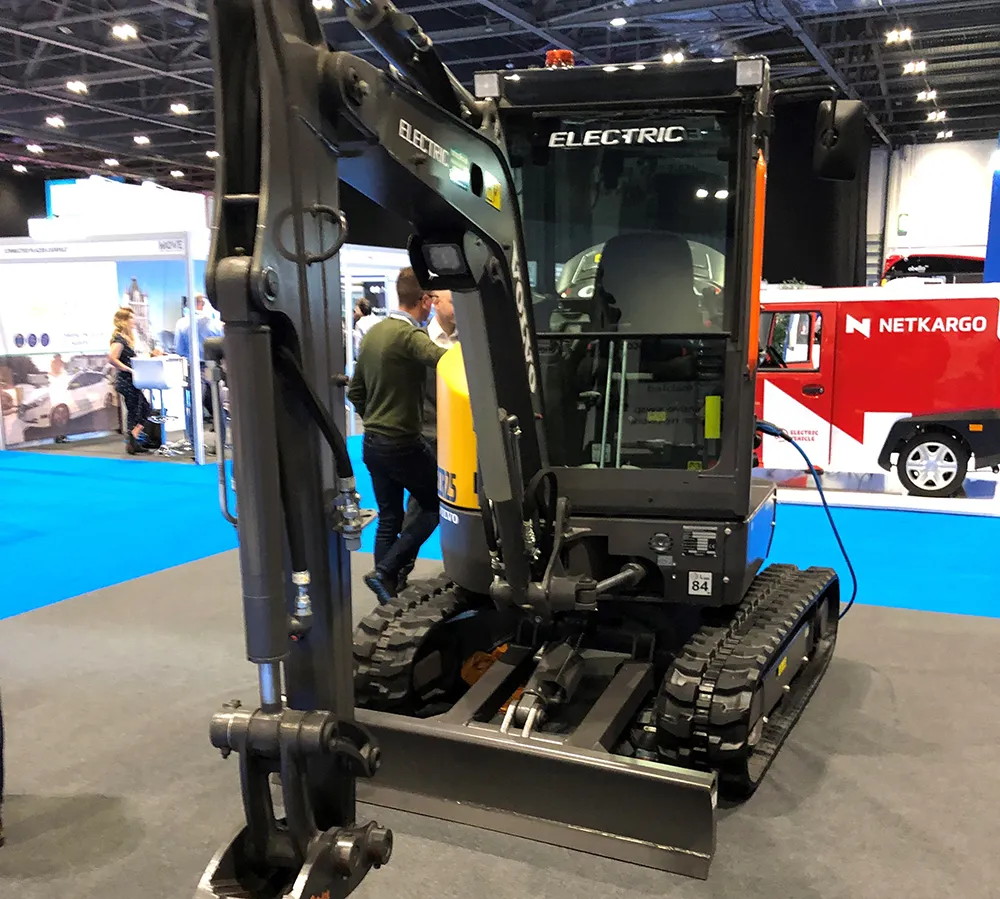China is setting out its plans for increasing the use of EVs in the future. By 2030, the country’s Hainan Province will halt sales of new vehicles fuelled by either petrol or diesel. Hainan Province is also increasing the vehicle charging facilities so that by 2025, there will be one charging outlet for every two vehicles. All new government buses or passenger cars being bought for official use in Hainan Province will be clean energy vehicles from 2019. It has not been released however on the split between pure EVs, PHEVs or internal combustion and fuel-cell vehicles fuelled by hydrogen.
Meanwhile industry research suggests that sales of new-energy vehicles in China could reach 2 million in 2020. Of these, around 1.7 million would be all-electric types while auto manufacturers are expected to introduce around 100 new EV models during 2019. Chinese auto makers have been incentivised by the
China’s plans for EVs in the future
China is setting out its plans for increasing the use of EVs in the future. By 2030, the country’s Hainan Province will halt sales of new vehicles fuelled by either petrol or diesel. Hainan Province is also increasing the vehicle charging facilities so that by 2025, there will be one charging outlet for every two vehicles. All new government buses or passenger cars being bought for official use in Hainan Province will be clean energy vehicles from 2019. It has not been released however on the split between
July 4, 2019
Read time: 2 mins







